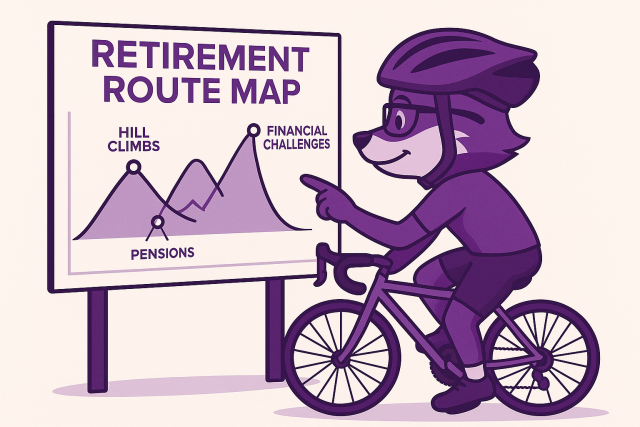Why you need to define your lifestyle ambitions before deciding on the level of investment risk

Throughout my financial planning career, I have often found that many investors take on more risk with their money than necessary. This often leads to disappointment because they have invested in poorly performing or risky investments.
Financial advisers need to complete an investment risk analysis before a client invests their money as part of the regulatory process.
To me, this process feels like sticking pins into clients to gauge how much pain they can endure, only to deliver that pain! The adviser feels satisfied because they have followed the regulatory process, and the client is temporarily happy because they will follow the advice.
Most risk analysis processes primarily focus on market risk. This refers to the possibility of losing part of the original capital because the value of investments linked to the stock market can fluctuate. Although the long-term trend tends to be upward, the market can dip at any time, meaning the investment may be worth less than the initial amount invested.
This is likely the initial concern for most investors due to past experiences of investing with an unsuitable risk profile.
However, there are additional types of risk, including shortfall risk and inflation risk (I will discuss them in a future post).
Shortfall risk is when the amount invested to achieve a financial goal in the future may not reach the target. When choosing investments with no or low risk, the expected returns are likely to be lower, which could result in falling short of the desired target.
Understanding how much risk is necessary to maintain your desired lifestyle without the fear of depleting your funds will help you identify the returns you need from your investments and, in turn, how much risk must be taken.
If you cannot achieve your desired lifestyle with the returns from your existing investments, you might get closer to your goals by taking a bit more risk to pursue those higher returns.
Understanding the returns you need will help you make an informed decision about how much risk to accept.
If you are achieving returns that exceed your needs, you can lower the level of risk you take with your money.
You do not have a financial plan if you do not know how much is enough.Have you done your risk analysis? Score your financial planning at Financial Planning Scorecard


